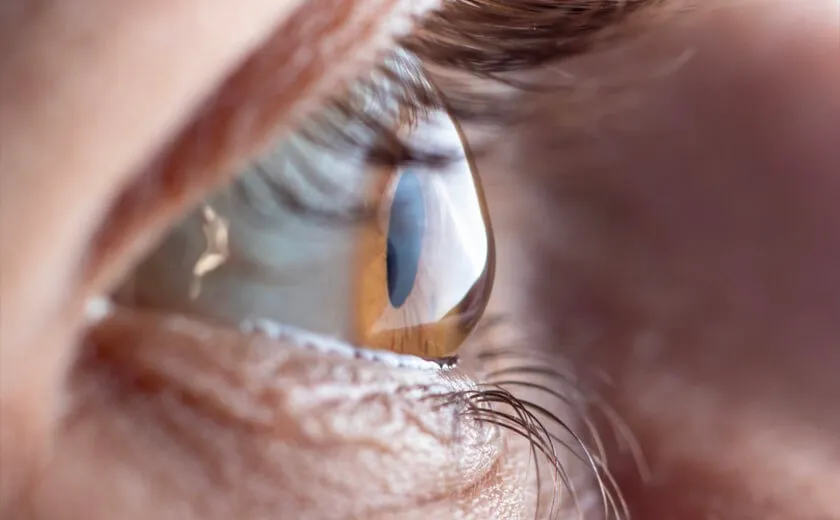In keratoconus, the cornea takes on a shape similar to a cone. This condition makes it challenging for the cornea to clearly transmit images. Astigmatism is another condition that can occur due to this deformation of the cornea.
Keratoconus typically emerges at a young age. This condition, which starts during adolescence or in the early twenties, can be treated depending on its progression. Wearing glasses or lenses in the early stages can help resolve this issue. If no solution is found in the early stages, a corneal transplant may even be necessary.
Keratoconus is generally a condition that can be treated without surgical intervention. However, not using glasses and lenses can trigger the progression of the disease, so it is extremely important to be vigilant in this regard. Therefore, undergoing routine eye examinations at regular intervals is of great importance.
İçerik Tablosu
What causes keratoconus?
In recent years, significant research has been conducted on keratoconus. These studies have led to some theories about the causes of keratoconus. Accordingly, keratoconus results from the weakening of the corneal tissue and an imbalance of collagen within the cornea. An imbalance of enzymes in the cornea causes free radicals to make the cornea more susceptible to oxidative damage.
Among the causes of corneal damage, weakening, and enzyme imbalance, genetic factors also play a role. In some individuals, there is a predisposition to this condition.
Keratoconus is sometimes a condition that can be observed due to external factors. Harmful ultraviolet rays from the sun can also cause deterioration in the structure of the cornea. Additionally, excessive eye rubbing, wearing contact lenses, and irritation that can occur in the eyes are also among the triggers of keratoconus.
Symptoms of Keratoconus
What are the symptoms?
- Increased sensitivity to light
- Blurred vision
- Distorted vision
- Frequent changes in eyeglass prescriptions
- Sudden worsening and blurring of vision
How is it treated?
- In the early stages of keratoconus, which is just beginning, good vision can be achieved with the help of glasses and lenses. Many people with astigmatism manage to overcome this condition with the assistance of glasses and lenses.
- When keratoconus progresses to more advanced stages, improving vision with the help of glasses and lenses may not be possible. In such cases, surgical intervention may be necessary.
Treatment Methods for Keratoconus
1. Corneal Cross Linking
With CCL (Corneal Cross-Linking) treatment, the bonds between collagen fibers in the cornea are strengthened. The use of Ultraviolet A and B2 vitamins during the treatment helps reinforce the structure of the cornea.
Studies have shown that Corneal Cross-Linking (CCL) treatment has produced highly positive results. Along with CCL treatment, it has been observed that the progression of keratoconus disease significantly halts. This leads to an improvement in visual quality and the regression of the disease.
2. Corneal Intra Rings
For patients who cannot use contact lenses, one of the most important alternatives is the placement of corneal intra rings. The purpose of these rings is to correct the shape of the cornea. Through a procedure performed with topical anesthesia, the shape of the cornea can be improved to some extent, leading to better vision. These rings placed in the eye can be removed later at the patient’s request.
3. Corneal Transplantation
Corneal transplant is the latest method for keratoconus. Thanks to this highly prevalent method, tens of thousands of people overcome this problem every year. In the initial stage of corneal transplantation, a donor must be found. The cornea, which has taken on a cone-like shape through surgical intervention, is removed from its place and replaced with a new cornea. Since the cornea does not have a blood connection with the body, it does not need to be of the same blood type as the recipient. Corneal transplantation is generally a successful transplant procedure.

Create an Online Appointment
You can easily create an appointment by filling out the appointment form below or by clicking here to contact us via Whatsapp.